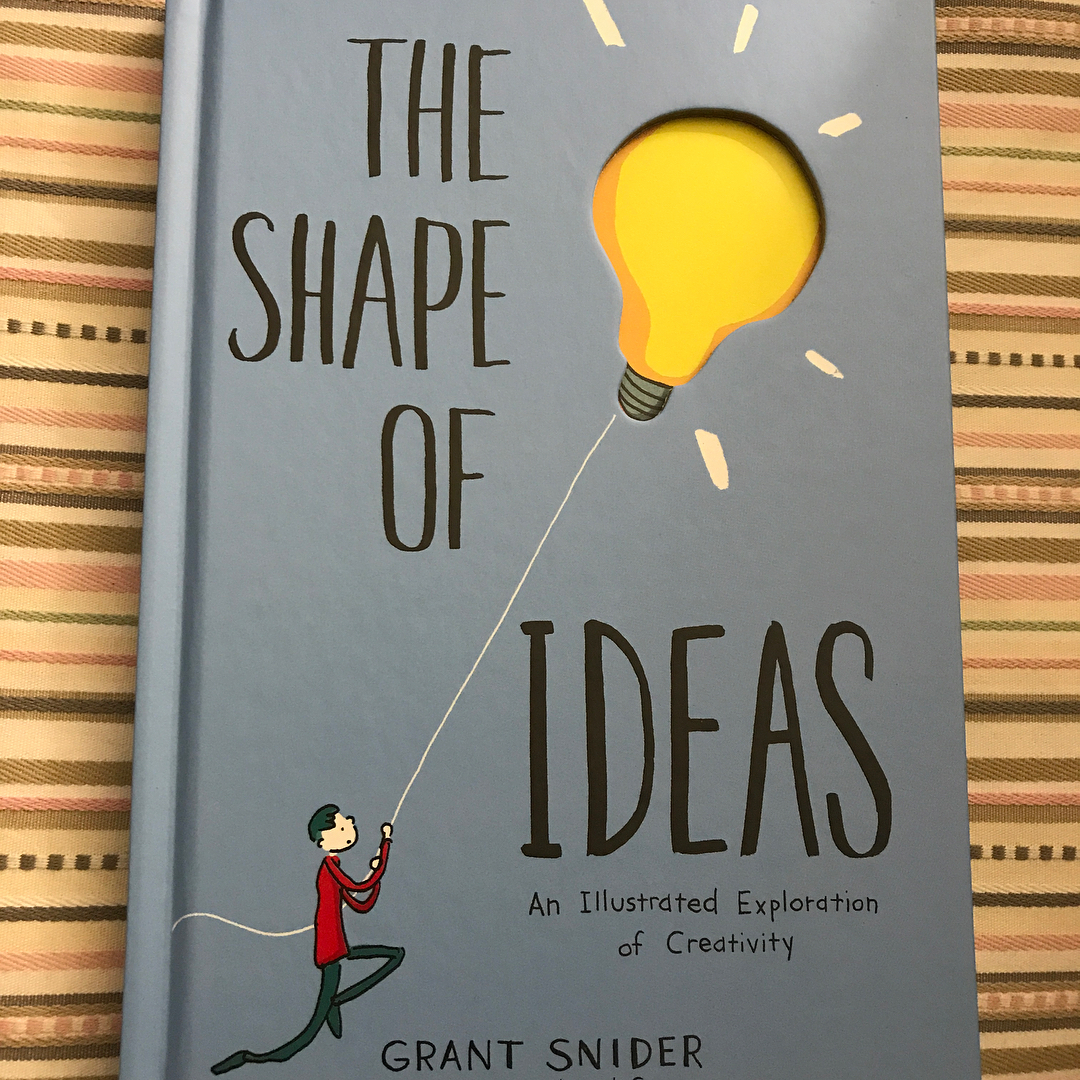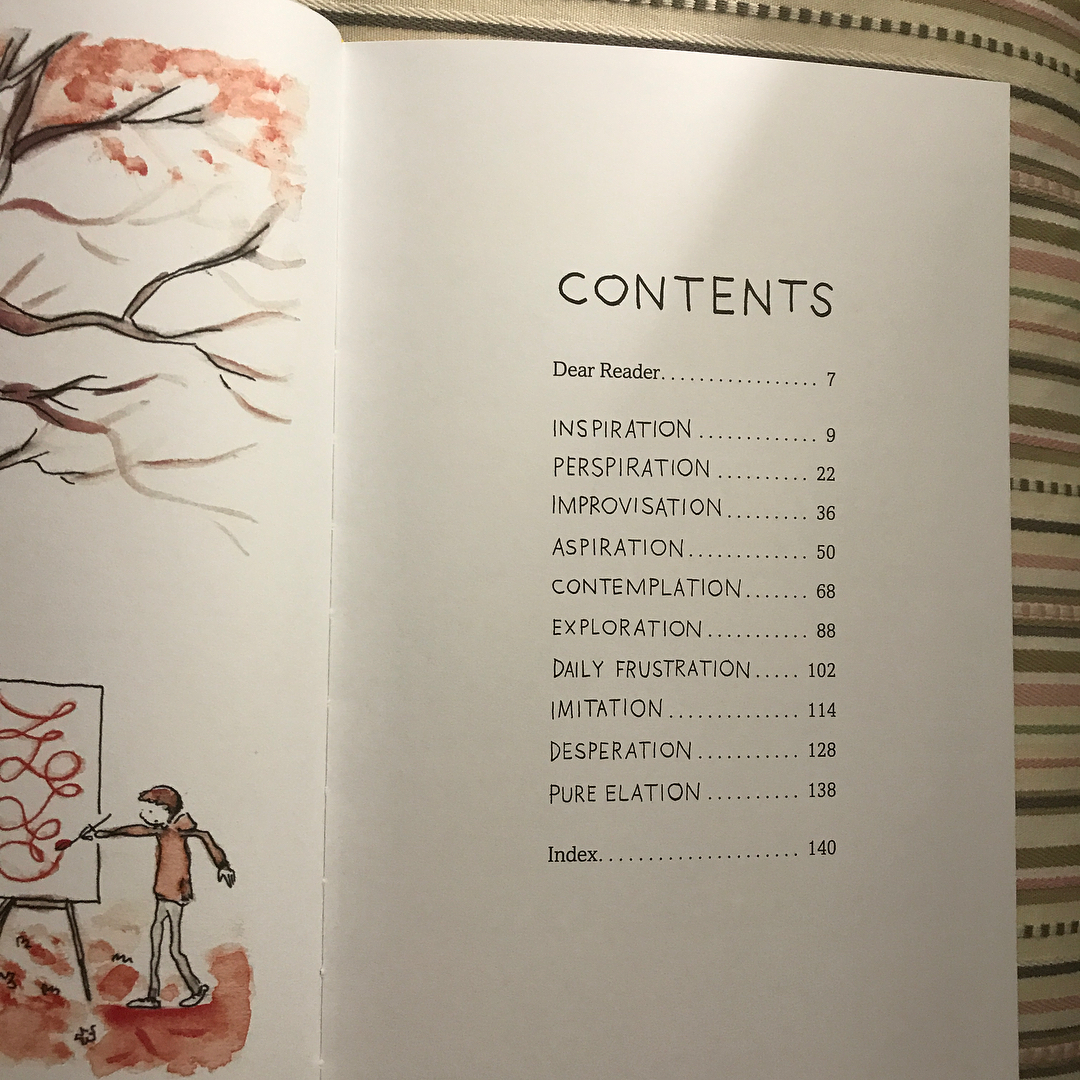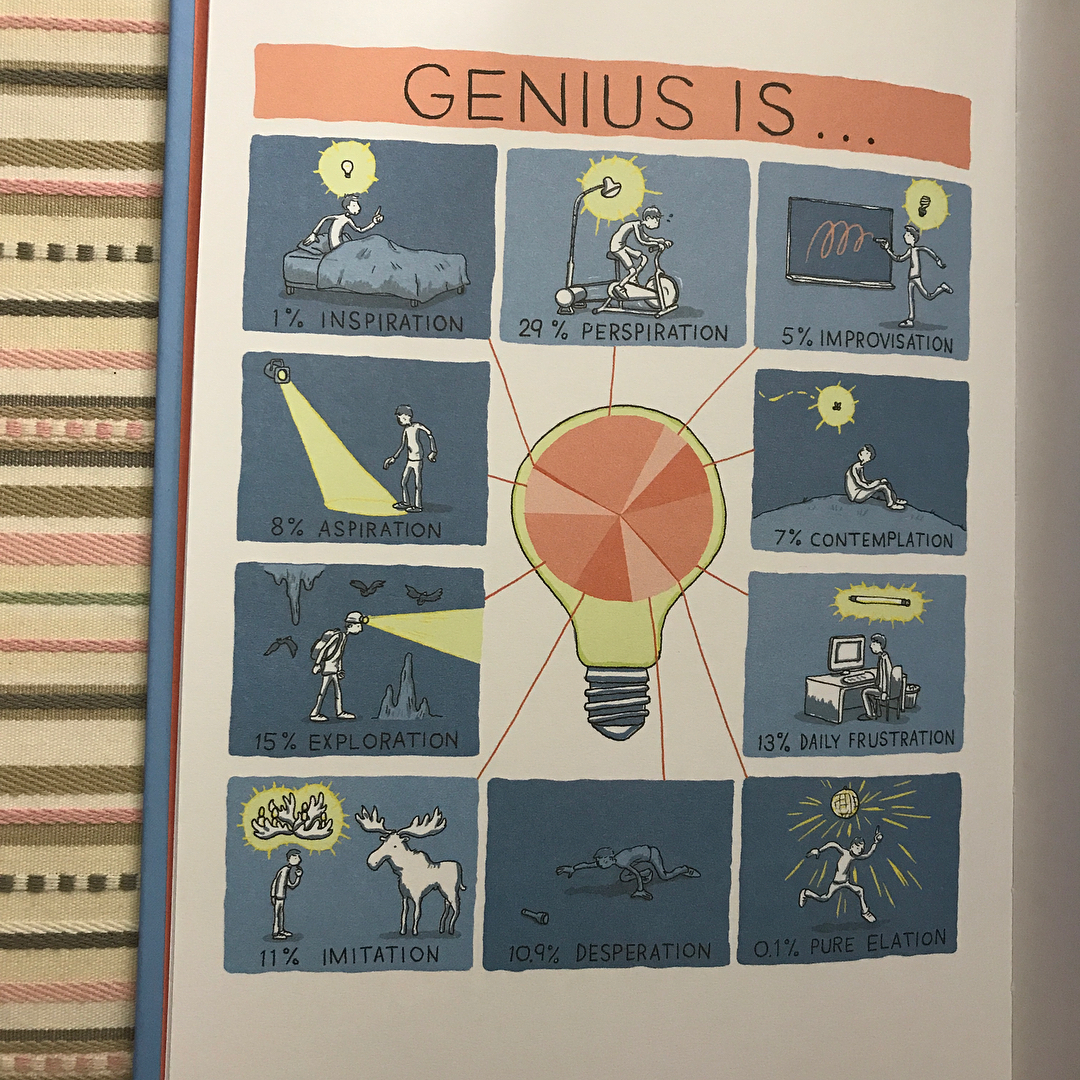
Visual design is powerful, but the words are what people quote to one another.
And they are the only part of the design that survives across time and media types. They can be held intact in a human mind.
Erika Hall
As soon as I read this quote on Joshua’s blog, I thought about my reluctance to use Snapchat. I once had a conversation with someone who is an ardent user of the social network and after explaining a few basics of the app to me, he grew weary of my inane questions and simply said, “if you’d been with the app since the beginning, this would not feel weird to you.”
Indeed, I see it as this – visual design needs a lot of historical context to understand. If you’ve seen it evolve over time, you can understand it well. But if you are dropped into it anew, it’s all strange and confusing to you. A new user might even be scared of clicking things, if they have no idea what they’re doing.
I love playing a game called Egg, Inc. For the first few months of playing the game, I would notice these cute little drones flying around. I thought they’re just an easter egg by the developer. Unrelated, I would notice that at random times, my resources would shoot up, by random values which made no sense to me.
While reading a post on reddit one time, I discovered that you’re supposed to smack those drones out of the air. See, in the game, you’re running a chicken farm, and you believe those drones are a violation of your space, so you can shoot them down, for a reward. Sometimes, fast moving drones appear and shooting them down is difficult but awards you with an exponential value. All of this would be in the onboarding, but I can never recall there being a specific time when I was told to hit the drones. In a way, that is an easter egg – you’re supposed to discovered on your own that those cute flying objects are actually an annoyance to your character and shooting them is the right thing to do. But I felt betrayed. How many months had I wasted not knowing about this growth hack?
I can’t expect a game of all things to label everything. The elegant interface of Egg, Inc, would only be made more clunky by the addition of ugly labels. But I can expect this from Snapchat. Their job is to make it easy for me to use their interface, specially if I’m a new user.
An interface made up entirely of swipes is revolutionary, but a hindrance to people who have not understood it from the beginning. The same is true for all visual design, and it’s worth remembering for everyone who is involved in the task of designing interfaces.
n.b. Notice how quickly Erika’s ideas were attacked by someone who puts more value in visual design than textual context. I would have expected people to have differing opinions about the topic, but one opinion doesn’t invalidate another. It’s an opinion, not a fact.
My wife asked me the other day – why do you use twitter? Isn’t it full of bile and anger? This is why. Great ideas are often posted to it, and inquisitive minds go where the water of knowledge is.




